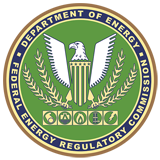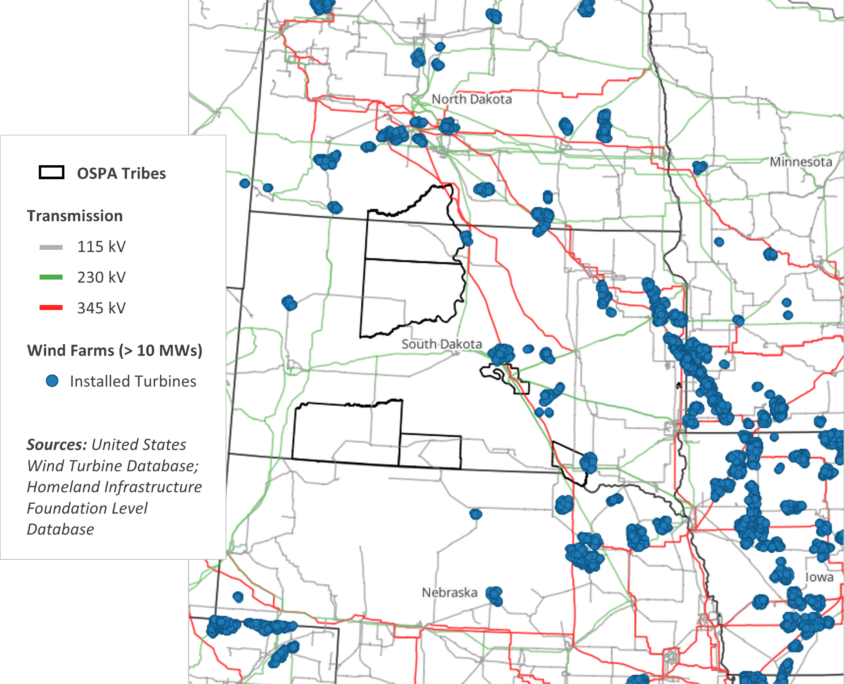OSPA Participated in the FERC Workshop on Generator Interconnection
OSPA was honored to participate in the Federal Energy Regulatory Commission (FERC) Workshop on Innovations and Efficiencies in Generator Interconnection on September 10 & 11, 2024. Jonathan Canis, OSPA General Counsel, participated on the Efficiencies Panel 1: Further Efficiencies in the Generator Interconnection Process running from 9:15 am to 11:45 am on Day 2. You can find out more about the workshop and stream the OSPA panel on the FERC website. You can also read OSPA’s comments related to the workshop in the Public Testimony and Comments section of our website.
The OSPA Tribal reservations, located in the Upper Great Plains, possess some of the strongest wind resources in the United States, but sit within the Transmission Desert of western South Dakota, which extends north into North Dakota, west into Wyoming and Montana and south into Nebraska. This area covers over 40,000 square miles, and has no extra high voltage (EHV) transmission — the transmission networks across the reservations are only 115 kV. The dearth of EHV transmission lines results in extreme transmission costs for new utility-scale projects looking to connect to the grid because increased power generation overloads the system and requires extensive upgrades to be mitigated. To date, the lack of transmission investment in the region has allowed only one wind farm installation in the western half of South Dakota —just 103 MW (or 3%) of the 3.2 GW installed in the entire state.
For the OSPA Tribes, the answer is federal investment to bring the national power grid in and around our reservations into the 21st century, and to coordinate the development of new transmission capacity with Tribal generation projects to maximize efficiencies and minimize delay and cost of interconnecting with the national power grid.
You can read more about the challenges Tribal clean energy projects face interconnecting to the grid and solutions to streamlining interconnection and bringing EHV transmission to Tribal lands in OSPA’s comment to FERC.



